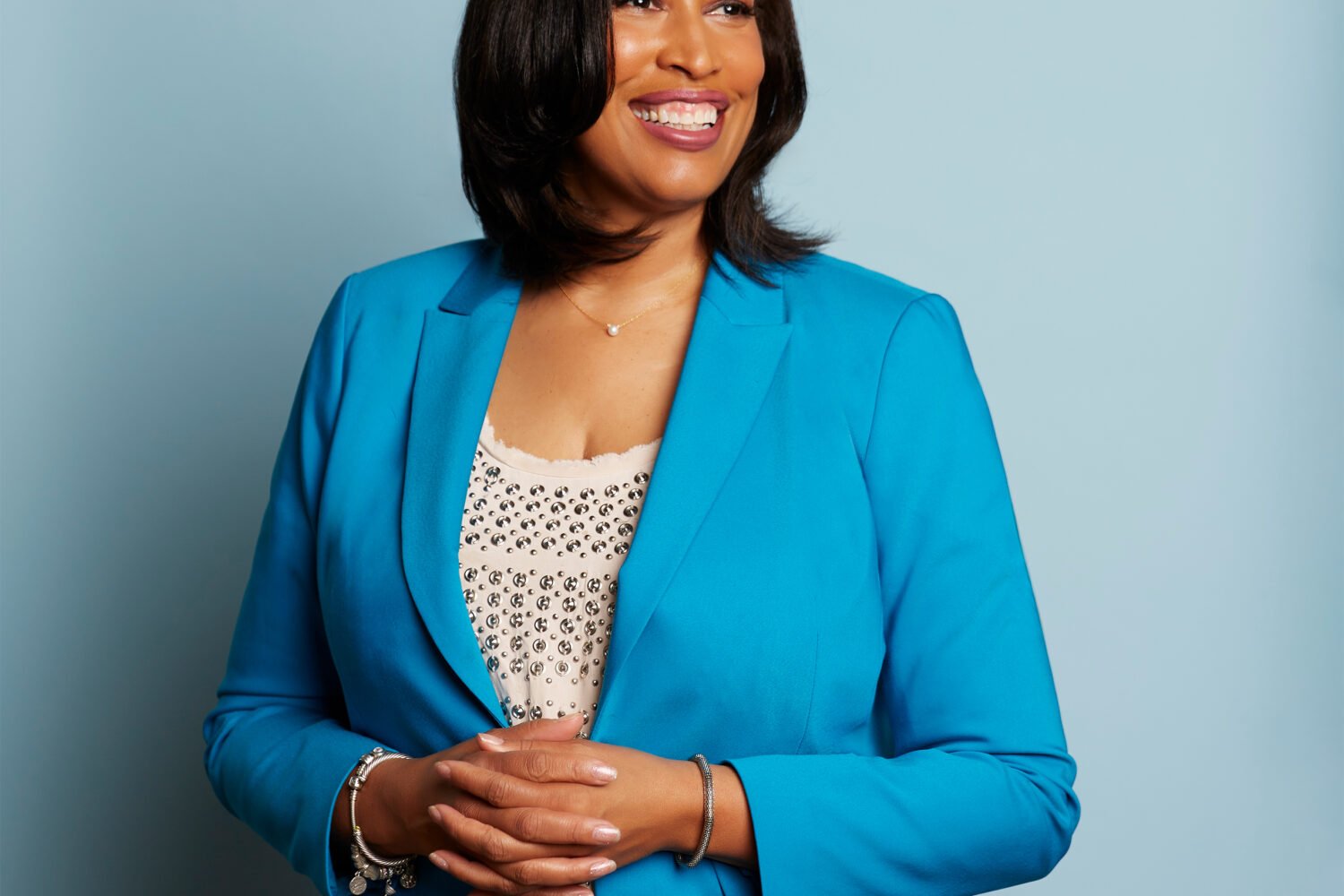"Joe?"
Pause. Radio silence.
“Joe?”
Pause. Pause.
Bob Kur was trying to connect with Joe Holley, his reporter in Durham, North Carolina, to talk about the sex scandal roiling the Duke University men’s lacrosse team.
“Stand by, folks,” Kur told his audience at 6:20 pm. “This is day one.”
Day one of the Washington Post’s venture into radio was herky-jerky, with reporters rambling on for ten minutes about subjects they could cover in two; new broadcasters missing cues; and plenty of cross-pollination and back-scratching.
Like the Post’s Paul Farhi writing a generally favorable account on Friday of WTWP’s inaugural day of all-news radio; like NBC News anchor Brian Williams joshing with Kur about how the Post already shares news with MSNBC, so they’re already working together as one big family.
The person driving this family affair is Post Company chair Don Graham. He’s been trying to get back into radio WTWP since the company gave up ownership of all-news WTOP in 1978.
And the backstory of this deal—in which the radio station uses Washington Post reporters—comes from the business side. According to sources, the company didn’t pay a dime to move into radio. It got control of a radio station with AM and FM signals essentially for free.
With Graham’s support, the Post Company had been negotiating with radio-station owners for the past six years. Graham had to sell WTOP in 1978 to comply with Federal Communications Commission regulations against media cross-ownership in the same market. By gaining control of WTWP without owning it, the Post Company gets around any FCC prohibition.
Says Tina Gulland, who handles radio and TV matters for the Washington Post Company: “We had been doing so well over the last six years with our alliances with TV and radio, we wanted to start developing our own programming, not just working with other peoples’ projects.”
The company’s negotiations with public radio station WETA failed to consummate a marriage, but the paper came very close to closing a deal with Clear Channel, which owns eight stations in the Washington region.
Bennett Zier, a veteran of Washington radio, then with Clear Channel, came up with the idea of making the Washington Post the newsroom for that company’s eight stations, which include country (98.7 FM), oldies (100.3 FM), rock (99.5 FM), and sports talk (980 AM). Zier had helped create the Tony Kornheiser brand by letting the Post sports columnist air it out on radio. Zier is now CEO of Red Zebra, Dan Snyder’s radio operation.
Graham liked the prospective pairing and directed his people to start talks. Post Company president Steve Hills, vice president Christopher Ma, and Gulland were in talks a year ago with Zier and other Clear Channel executives. Talks broke down over financing and control of content.
“Nothing clicked until Bonneville came to us,” says Gulland. The Utah-based Bonneville International Corporation—owned by the Church of Jesus Christ of Latter-day Saints—has radio stations around the country.
No one would talk on the record about the business side of the transaction, but sources describe a cash-free deal for the Post Company. It pays zero to Bonneville for essentially moving onto the airwaves with its own station, WTWP AM-FM. The Post Company did pay for installing a radio studio inside its newsroom.
Bonneville pays WTWP’s on-air hosts, Mike Moss, Bob Kur, and Hillary Howard. It also pays a fee to the Post for supplying content through its reporters. The Post gets a share of the advertising revenue if it reaches a certain level.
The Post’s other outlay? A nominal fee to reporters who appear regularly on WTWP, such as media critic Howard Kurtz. Whether other Post reporters who go on the air get additional pay, and how much, is the subject of discussion with the newspaper guild.
“Basically,” says a local radio executive, “the Post got a free radio station.”
Bonneville, which moved WTOP, its flagship news-talk station, to a much more powerful FM frequency, 103.5, got free content for a new station. Radio executives say Bonneville hopes to increase its revenue from $45 million to $60 million a year.
The radio station increases the penetration of the Washington Post brand throughout the region. Exactly what the company does with the station has yet to be determined, but opening day leaves much room for improvement. The bottom line is that not every newspaper reporter can do radio. Being able to report and write a news story does not mean you can talk about it without rambling on and punctuating every phrase with an “um.”
Then there's the constant question of whether the Post breaks a story on the radio or waits to publish the news in next day's daily print version of the news. It faces the same question with washingtonpost.com. Says a Post columnist: "No one's figured that one out."
The radio station’s motto is “Because there’s always more to the story.” But there’s not always that much more.
















